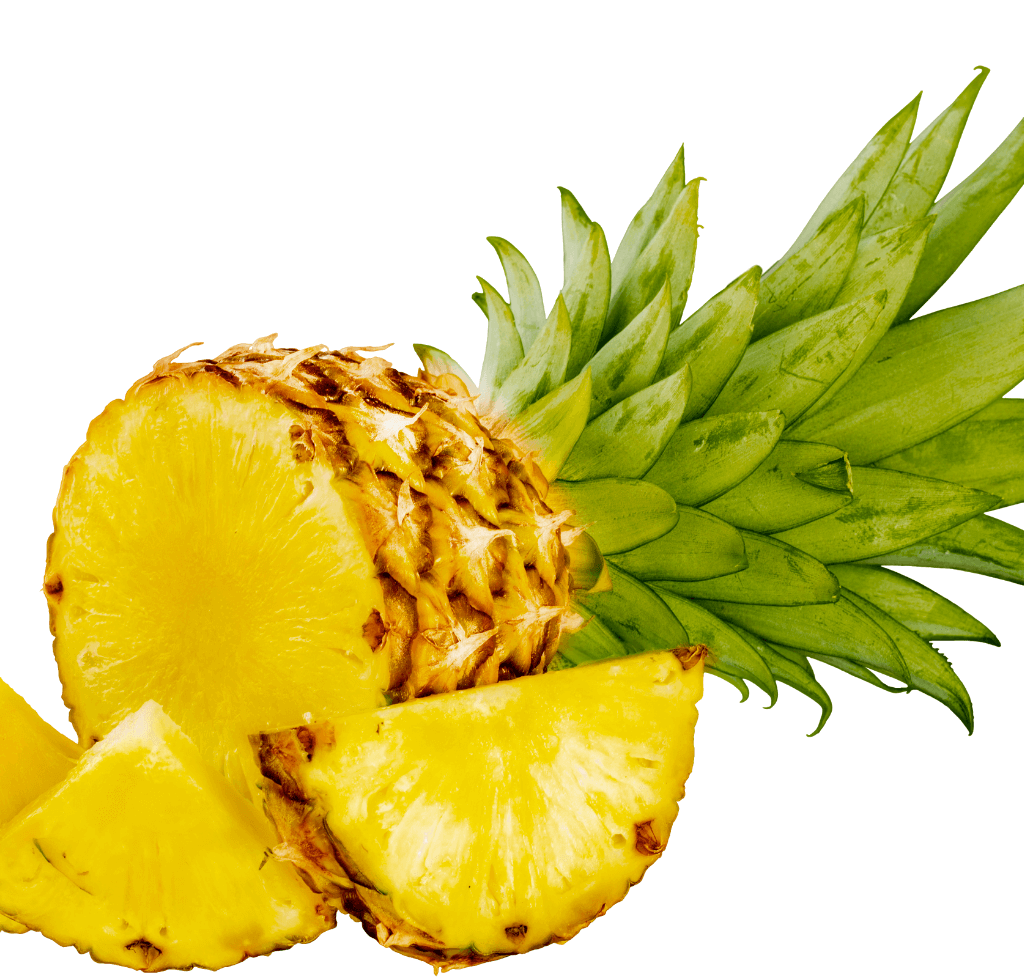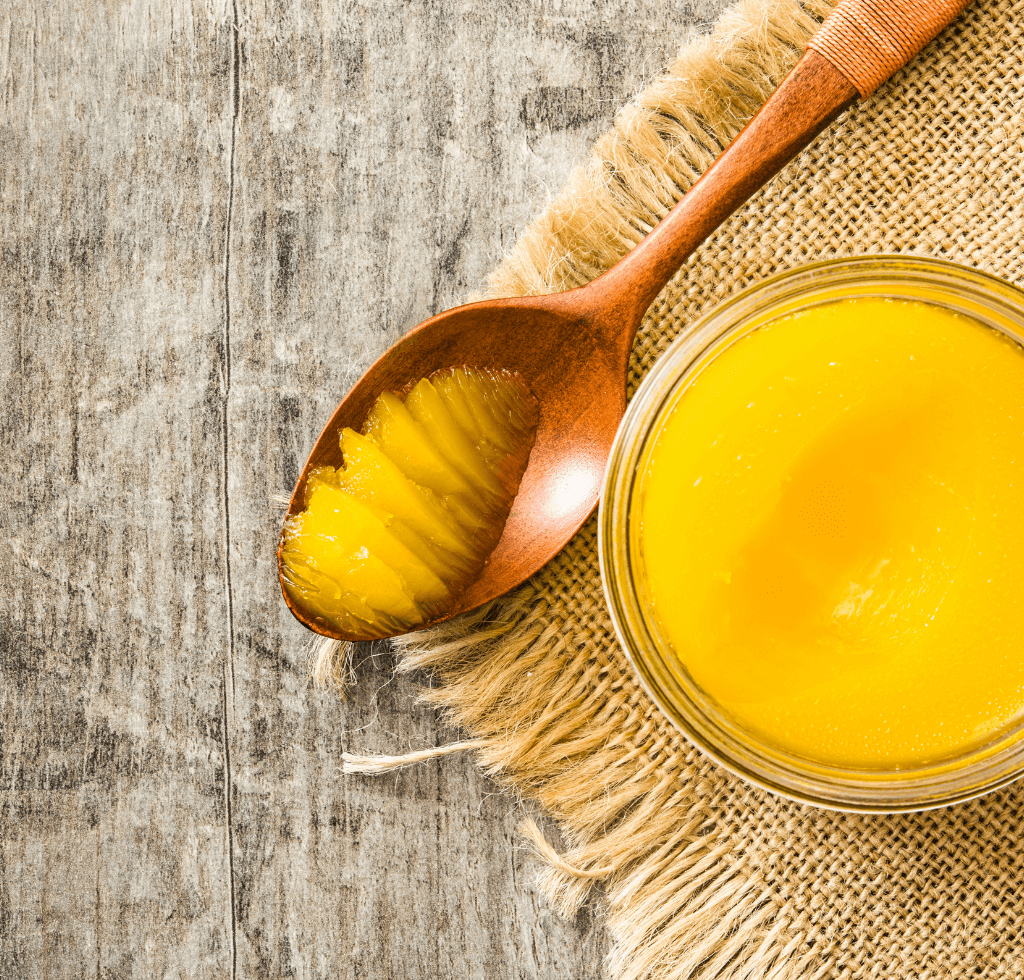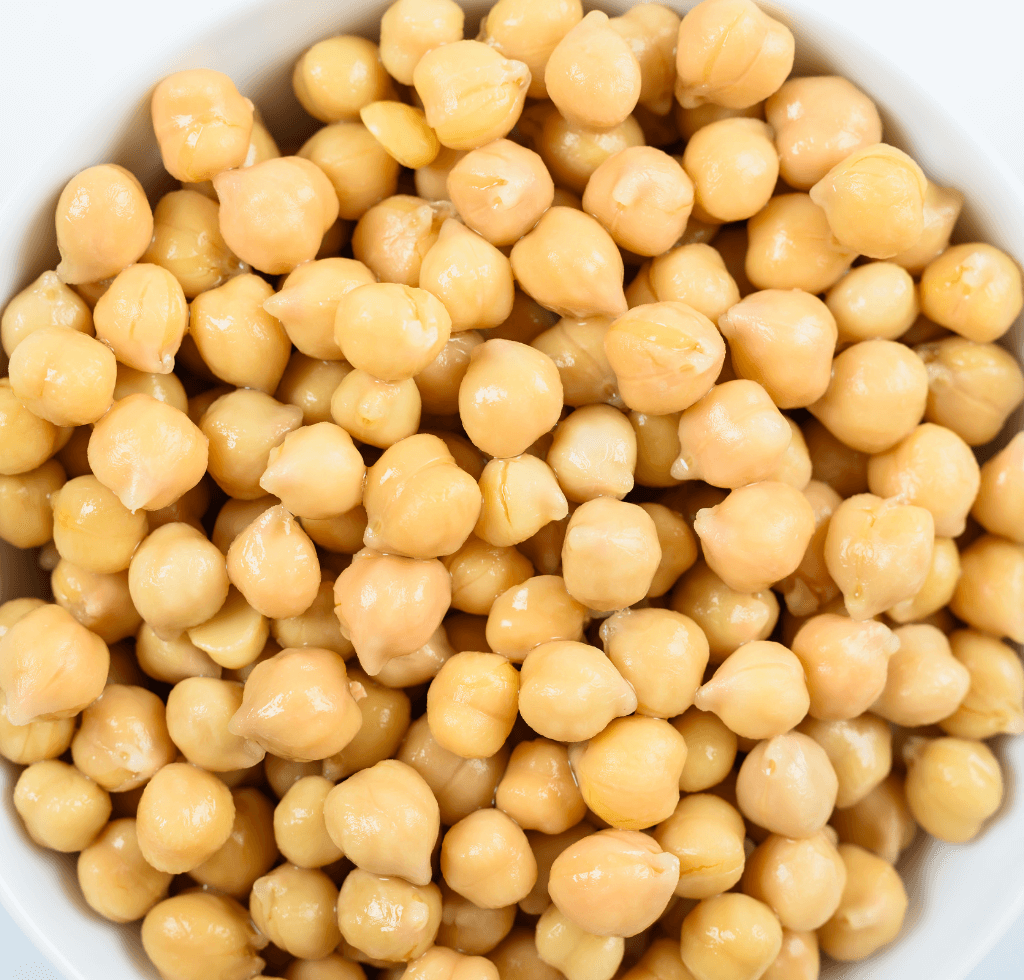When it comes to our health, the food we consume plays an undeniable role. One of the most overlooked aspects of our diet is the impact it has on our blood sugar levels. By understanding the intricacies of blood sugar and how certain foods can help regulate it, we can make informed choices to lead a healthier life. This article dives deep into the importance of managing blood sugar levels and highlights the implications of imbalanced blood sugar.
Importance of Blood Sugar Management
Blood sugar, also known as glucose, is the primary source of energy for our cells. The balance of glucose in our bloodstream is crucial for several reasons:
- Energy Production: Every activity, from moving to thinking, requires energy. Balanced blood sugar ensures a steady supply of energy to all parts of the body.
- Hormonal Balance: Insulin, the hormone responsible for regulating blood sugar, can be affected by imbalances, leading to various health issues.
- Prevention of Chronic Diseases: Consistently high blood sugar levels can result in diseases like diabetes. By managing blood sugar, we reduce the risk of such chronic conditions.
- Cognitive Functions: The brain is highly sensitive to glucose levels. Maintaining balanced blood sugar supports optimal cognitive functions and mental clarity.
Implications of Imbalanced Blood Sugar
An imbalance in blood sugar levels can have both short-term and long-term effects on our health:
Short-term Consequences:
- Fatigue: Without the right amount of glucose, our cells can’t produce the energy needed, leading to feelings of tiredness and lethargy.
- Mood Swings: Fluctuations in blood sugar can lead to irritability, mood swings, and even depression in some cases.
- Hunger Pangs: An imbalance can result in frequent feelings of hunger, leading to overeating and weight gain.
Long-term Consequences:
- Diabetes: Consistently high blood sugar levels can result in Type 2 diabetes, a chronic condition that affects millions worldwide.
- Cardiovascular Diseases: Imbalances in blood sugar can lead to issues like high blood pressure and other heart-related problems.
- Neuropathy: High glucose levels can damage nerve fibers, leading to neuropathy, which can cause pain and numbness in extremities.
- Vision Problems: High blood sugar levels can result in damage to the blood vessels in the eyes, leading to conditions like diabetic retinopathy.
8 Yellow Foods and Their Benefits
8. Summer Squash

Holding its esteemed spot at number 8 is the ever-versatile Summer Squash! More than just a colorful addition to our gardens and plates, this vegetable emerges as a silent crusader in the realm of nutrition.
Nutritional Highlights
- Calorie Count: With approximately 33 calories in a medium-sized squash, it offers a low-calorie option for those mindful of their intake.
- Fiber Power: Boasting about 2.5 grams of fiber, it’s a boon for digestive health and ensures a steady release of glucose into the bloodstream.
- Potassium-rich: The World Health Organization consistently highlights potassium’s role in blood pressure regulation. With a commendable 512 mg of potassium, Summer Squash contributes to a heart-healthy diet combating hypertension.
- Magnesium and B-Vitamins: Housing about 43 mg of magnesium, its significance cannot be overstated. The National Institutes of Health underscores magnesium’s role in enhancing insulin response. Moreover, it’s the B-vitamins, especially vitamin B6, where Summer Squash truly stands out. This vitamin is instrumental in converting food into energy and ensuring glucose is used efficiently.
Meal Ideas
As for incorporating it into meals, imagine a bowl of summer squash zoodles drizzled with pesto for a pasta experience without the carb overload, or perhaps a velvety squash soup, rich in flavor but devoid of heavy creams.
7. Pineapple
Taking the stage at number 7 is Pineapple! Every bite into this juicy tropical delight is not just an explosion of flavor but also a treasure trove of health benefits.

Nutritional Highlights
- Calorie Content: A one-cup serving restricts itself to about 82 calories, presenting a refreshing yet energy-giving treat.
- Bromelain: Pineapples are rich in bromelain, an enzyme recognized for its anti-inflammatory and digestive benefits.
- Manganese and Vitamin C: Its impressive manganese content plays a pivotal role in antioxidant defenses and energy production. Meanwhile, the vitamin C in Pineapple, fulfilling a whopping 131% of the daily value per serving, is essential for immune health and vascular support.
Meal Inspirations
When it comes to incorporating Pineapple into meals, the possibilities are boundless. Envision it as a tangy addition to salsa, blended into revitalizing smoothies, or even grilled to enhance its natural sugars, offering a smoky-sweet indulgence. And for those with a penchant for experimentation, pairing it with savory dishes like chicken or shrimp brings a harmonious balance of flavors to the table.
6. Ghee

Stepping up to the plate at number 6, the ancient and revered, Ghee! Often dubbed ‘liquid gold,’ Ghee has been a cornerstone in traditional cooking for millennia.
Nutritional Profile
- Caloric Content: A single tablespoon of Ghee provides roughly 112 calories, primarily from healthy fats. Such fats can help stabilize blood sugar by slowing the absorption of carbohydrates.
- Butyric Acid: Abundant in Ghee, this short-chain fatty acid is known to aid gut health and subsequently improve metabolic health. The American Diabetes Association emphasizes the significance of a healthy gut for proper glucose metabolism.
- Vitamin K2 & Antioxidants: Ghee’s content of vitamin K2 can be instrumental in supporting bone health, while its rich antioxidants are essential in combating inflammation, a hidden culprit in many metabolic disorders.
Ghee in Your Meals
Incorporating Ghee into your diet is effortlessly delightful. It can be used as a cooking medium, enhancing the flavors of spices, drizzled over morning toast, or even added to coffee or tea for a creamy texture and a boost of healthy fats.
5. Banana
Claiming its rightful place at number 5 is the universally cherished Banana. Beyond its sweet taste, bananas offer a multitude of health benefits.

Nutritional Insights
- Caloric and Carbohydrate Content: A medium-sized banana provides about 105 calories, mainly from carbohydrates. But it’s essential to delve deeper than just carbs.
- Vitamin B6 & Fiber: Bananas serve as a reliable source of vitamin B6, vital for glucose metabolism. They also deliver about 3 grams of dietary fiber, ensuring slow sugar release and avoiding abrupt blood sugar peaks.
- Potassium & Resistant Starch: Enriched with about 422 mg of potassium in a medium-sized banana, it underscores its role in cardiovascular well-being. Furthermore, the European Journal of Clinical Nutrition highlighted the potential benefits of resistant starch in bananas, which can have favorable effects on insulin sensitivity.
Delicious Ways to Enjoy Bananas
The versatility of bananas in culinary creations is commendable. Think banana smoothies, hearty banana pancakes, or simply a banana snack – this fruit stands testament to the idea that delicious can also be nutritious.
4. Eggs

Soaring into our list at number 4 is the ever-favorite breakfast staple, Eggs! A nutritional powerhouse concealed behind a simple shell.
Nutritional Breakdown
- Caloric and Nutrient Content: A standard large egg offers about 70 calories, largely from protein and beneficial fats. This combination can be especially good for blood sugar levels, providing satiety and curbing the desire for sugary snacks.
- Biotin & Choline: The biotin in eggs has exhibited potential in research to enhance blood sugar control. Choline, a pivotal nutrient found in eggs, plays a significant role in metabolism.
Incorporating Eggs in Meals
The culinary potential of eggs is vast and varied. Be it a classic omelet, eggs poached to perfection atop a salad, or a protein-enriched egg muffin – eggs add versatility to dishes while ensuring a well-rounded nutrient intake.
3. Corn
Gracing our countdown at number 3 is the universally cherished Corn. But beyond the pleasure of biting into a juicy cob, what nutritional marvels does this golden grain offer?

Nutritional Highlights
- Caloric Content: A medium ear of corn clocks in at approximately 90 calories, with the majority coming from carbohydrates, rendering it a potent source of energy.
- Fiber and Antioxidants: With about 2 grams of dietary fiber per ear, corn facilitates the gradual release of sugar, ensuring stable blood sugar levels. Moreover, its antioxidant prowess, particularly lutein and zeaxanthin, not only fortifies eye health but also potentially reinforces metabolic health.
Golden Recipes with Corn
Corn’s culinary versatility is a boon for chefs and homemakers alike. Picture it grilled, kissed with lime and chili, offering a tangy-spicy juxtaposition. Or, imagine it pureed into a velvety soup or sprinkled into salads, marrying sweetness with texture.
2. Chickpeas

Charging forward to the penultimate position is Chickpeas! Most renowned as the backbone of hummus, these little gems are nutritional titans in their own right.
Dive into the Nutrients
- Caloric and Nutrient Balance: A cup of chickpeas provides an estimated 269 calories, striking a harmonious balance between protein, fiber, and complex carbohydrates.
- Complex Carbs and Mineral Content: The presence of slow-digesting carbs in chickpeas underpins their low glycemic index, translating to a gentle rise in blood sugar post-ingestion. Furthermore, chickpeas are rich in magnesium and potassium, pivotal minerals that bolster cardiovascular health and in tandem, facilitate blood sugar equilibrium.
Exploring Culinary Creations with Chickpeas
The gastronomic potential of chickpeas is boundless. Aside from the beloved hummus, envision crispy roasted chickpeas as an alternative to conventional snacks, protein-rich chickpea salads, or even sumptuous chickpea curries that comfort the soul and body alike.
1. Turmeric: The Golden Beacon of Health
Topping our list, shimmering in its illustrious yellow cloak, is the legendary spice, Turmeric. This ancient ingredient doesn’t merely lend a vibrant hue to dishes; it whispers tales of age-old wisdom and health.

Dive Deep into Turmeric’s Nutritional Alchemy
- Caloric and Nutrient Spectrum: A humble teaspoon of turmeric powder introduces a scant 9 calories. But within this minimal caloric footprint lies an arsenal of compounds vital for health and well-being.
- The Magic of Curcumin: Curcumin, the crowning jewel of turmeric, has captured the intrigue of researchers worldwide. Celebrated for its potent anti-inflammatory and antioxidant capabilities, curcumin is a stalwart ally for optimizing insulin function and tempering blood sugar levels.
- Beyond Blood Sugar: Turmeric’s repertoire extends further. Its potential in curtailing diabetes-related complications underscores its indispensability in a health-conscious diet.
Golden Recipes with Turmeric
To truly embrace the myriad benefits of turmeric, one must weave it seamlessly into daily culinary endeavors. Imagine invigorating your morning smoothie with a dash of this golden spice. Or, envision a comforting soup, elevated with a sprinkle of turmeric. And for those seeking solace in a warm beverage, a cup of turmeric tea is a blend of serenity and health.
Golden Conclusions
As we’ve journeyed through this radiant list of golden foods, it’s evident that nature has bestowed us with a treasure trove of nutritional gems. From the hearty chickpeas to the potent turmeric, each food paints a vivid picture of health, flavor, and balance. Beyond just the palate, they offer a spectrum of health benefits that can significantly influence our well-being and overall vitality.
Taking steps towards better health doesn’t always require monumental changes. Sometimes, it’s about embracing the subtle golden hints that nature provides, weaving them into our diets, and enjoying the resulting cascade of benefits.
If you’ve been inspired by this illuminating exploration, we invite you to dive even deeper. Watch our comprehensive video on the wonders of yellow foods to visualize, understand, and appreciate these golden delights even more:
Golden Takeaways
As we journeyed through the world of golden foods, several nuggets of wisdom emerged:
- Nature’s Wisdom: Each yellow-hued food, from Summer Squash to Turmeric, is a testament to nature’s brilliance, providing both flavor and health benefits.
- Diverse Benefits: Beyond just managing blood sugar, many of these foods offer a multitude of other benefits, including digestive health, cardiovascular support, and essential vitamins and minerals.
- Versatility in the Kitchen: These golden foods can seamlessly integrate into a myriad of dishes, allowing for a culinary experience that’s both delicious and beneficial for health.
- Prevention is Key: Consuming a diet rich in these nutrient-dense foods can potentially stave off various health issues, emphasizing the age-old adage that prevention is indeed better than cure.
- Tradition Meets Science: Many of these foods, like Turmeric and Ghee, have roots in ancient traditions. Modern science is just beginning to uncover and validate the health benefits these traditions have touted for centuries.
FAQs
- Why are these foods specifically highlighted for blood sugar balance?
Each of these foods possesses unique compounds and nutritional profiles that aid in regulating blood sugar, either by slowing carbohydrate absorption, enhancing insulin function, or providing essential nutrients that support metabolic health. - Can I include all these foods in my daily diet?
While it’s beneficial to incorporate these foods, it’s essential to maintain a balanced diet. Moderation is key, and it’s always best to consult with a nutritionist or healthcare provider for personalized advice. - Are there any potential side effects of consuming too much Turmeric?
While Turmeric is generally safe for most people, excessive consumption can lead to stomach upset or, in rare cases, liver problems. As always, moderation is crucial. - Is it alright to consume these foods if I’m on diabetes medication?
Many of these foods can complement diabetes management. However, it’s crucial to monitor blood sugar levels and consult with a healthcare professional, as some foods may interact with medications or affect blood sugar differently. - How can I ensure I’m getting the most benefits from these foods?
Opt for whole, unprocessed versions of these foods where possible. For instance, whole grain corn is preferable to processed corn products. Additionally, pairing them with other healthy foods, like lean proteins and greens, can maximize their benefits.




